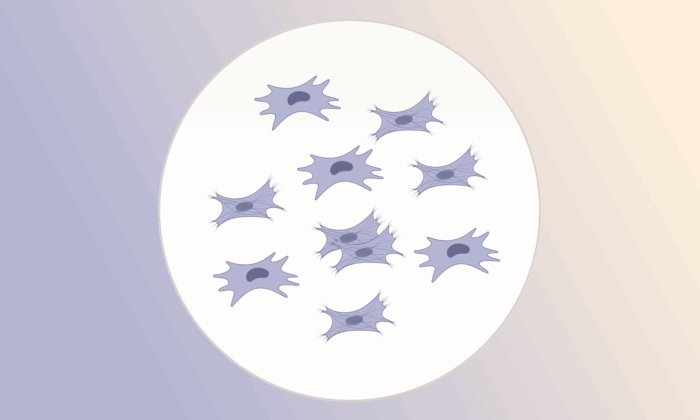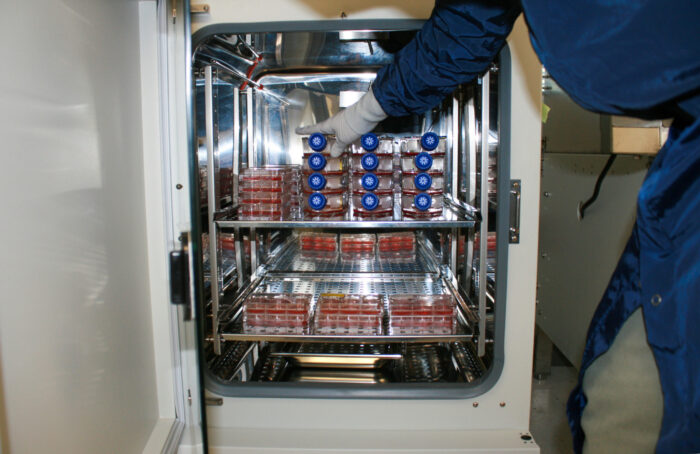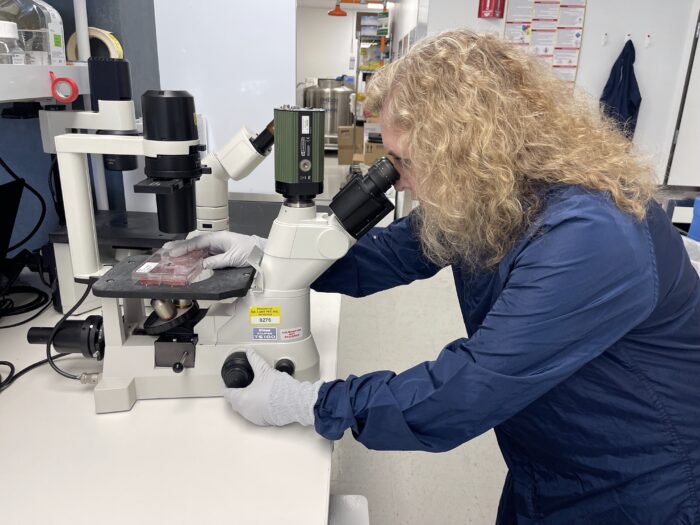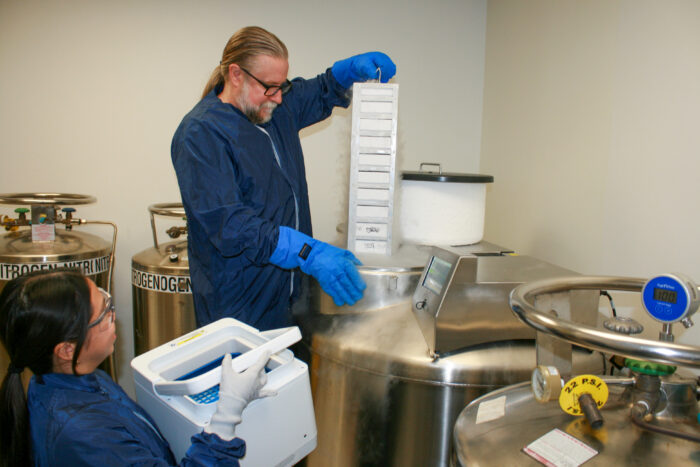Regenerative Care, Delivered by You
Stem cell therapy made practical
Gallant’s investigational therapies are designed for everyday veterinary use—ready-to-use, IV-administered, and backed by rigorous science as part of the FDA approval process. We put the potential of regenerative medicine into the hands of every veterinarian.
- Ethically sourced from healthy, FDA-qualifid donor uterine tissue
- Easy intravenous administration with no special equipment or training
- Available when patients need it—off-the-shelf, no prep required

Regenerative Medicine Redefined
The old way – autologous stem cell therapy – used a patient’s own tissue, requiring surgical harvesting, weeks of processing, and limited access.
Gallant’s new way – allogeneic therapy – uses stem cells from healthy donor tissue and is ready on demand.
It’s regenerative medicine, made routine: no surgery, no delay, and IV-administered in minutes.

What’s in Development
Gallant is developing therapies to target debilitating conditions that currently have only symptomatic treatments. In addition to targeting clinical signs, our investigational products are designed to work at the source—modulating inflammation, supporting tissue repair, and offering new tools to support patient health and longevity.
Each therapy is progressing through the FDA’s approval process.

Built on Rigor. Backed by Progress.
Gallant’s development process follows FDA guidance for cell-based therapies, including rigorous clinical trials, safety reviews, and manufacturing controls. Every therapy is built with scientific rigor, transparency, and a commitment to patient care.
Our Science Library
Research, whitepapers & scientific perspective
Gallant contributes to the advancement of veterinary regenerative medicine with original research, peer-reviewed publications, and ongoing scientific dialogue. This library highlights our commitment to clinical rigor and transparent innovation.
Your Questions, Answered
We’ve compiled selected answers to the most common questions about stem cell therapy. Don’t see your question on our list? View our Q&A page for vets.
Research shows that stem cells have the ability to migrate to areas of inflammation or tissue damage. Once there, they release various factors that help reduce inflammation and support the body’s natural healing processes. The benefits can vary depending on the specific disease and individual case.
There are no studies directly comparing stem cells to other therapies in the same population. The major difference between stem cells and other therapies is that most medications work to manage symptoms by reducing pain and inflammation. Stem cells are a potentially disease modifying therapy where they work with the body’s cells to promote natural healing and repair rather than just treating the symptoms. Stem cells may also be effective with other therapies rather than being considered an alternative therapy.
The manufacturing facility adheres to current Good Manufacturing Practices (cGMP), which are the standards followed by drug manufacturers producing FDA-regulated products.
Stem cells target the root causes of disease rather than just alleviating symptoms. They can detect areas where biological processes are disrupted and communicate with local cells to help restore normal function. This enables them to not only reduce clinical signs but also slow disease progression and support true healing. In contrast, most conventional medications focus on symptom relief without modifying the underlying disease.
Stem cells respond to signals from injured or diseased tissues, enabling them to migrate, or “home,” to the areas in the body where they are most needed.





